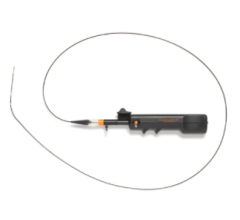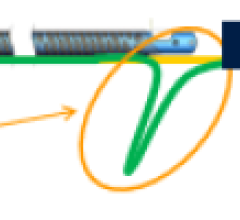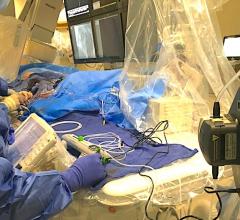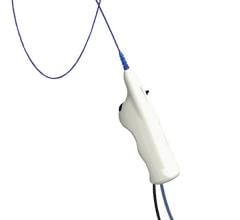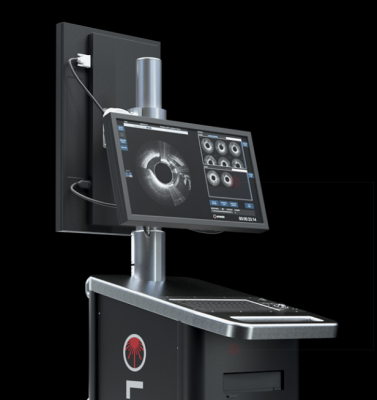
September 29, 2017 — Avinger Inc. recently announced Conformité Européenne (CE) Marking approval for treating in-stent restenosis with the Pantheris Lumivascular atherectomy system.
In-stent restenosis occurs when a previously blocked artery treated with a stent becomes narrowed again, blocking blood flow. Physicians often face challenges when treating in-stent restenosis both in terms of safety and efficacy. From a safety standpoint, limitations in imaging techniques such as X-ray fluoroscopy and the inability to control the directionality of other treatment modalities’ mechanism of action creates the concern of potentially impacting the integrity of the stent during the intervention. In terms of efficacy, current therapies for in-stent restenosis such as balloon angioplasty suffer from high rates of recurrent renarrowing within stents.
Atherectomy is a minimally invasive treatment for peripheral artery disease (PAD) in which a catheter-based device is used to remove plaque from a blood vessel. Lumivascular technology allows physicians — for the first time ever, according to Avinger — to see from inside the artery during a directional atherectomy procedure by using an intravascular imaging modality called optical coherence tomography (OCT) that is displayed on the Lightbox console. In the past, physicians have had to rely solely on X-ray as well as tactile feedback to guide their tools while treating complicated arterial disease. With the Lumivascular approach using real-time OCT image guidance, physicians can more accurately navigate their devices to treat PAD without exposing healthcare workers and patients to the negative effects of ionizing radiation.
For more information: www.avinger.com

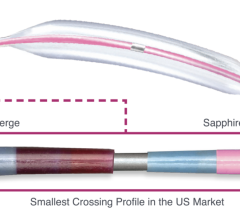
 February 15, 2023
February 15, 2023 

